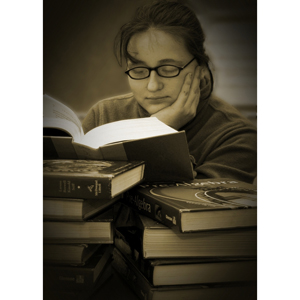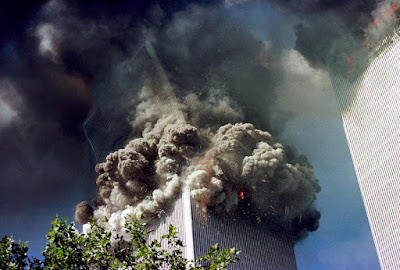Great Black and White Photographers Part II
Ansel Adams Ansel Adams was a famous American photographer born in San Francisco, 1902 and died in April of 1984. He was know for his brilliant photography of the American West. He was a single child and was kicked out of several schools for bad behavior. At a young age Ansel Adams went to a private school and when he grew up he went to Harvard University. Before Ansel became a famous photographer, he worked as a custodian of the Sierra Club's Le Conte Memorial Lodge in Yosemite Valley for one summer. When he was young he taught himself to play piano and playmusic before he developed his passion for photography. Ansel Adams published many books, one of them being: Sierra Nevada: The John Muir Trail. This book contained many beautiful images captured by Ansel Adams of the John Muir trail. The Sierra Club played a big part in Ansel Adams's success early on in his career. Later on in his career many of his photographs were displayed in many galleries and museums su


